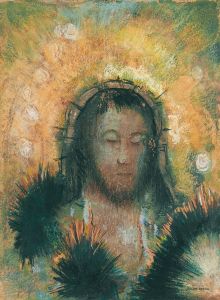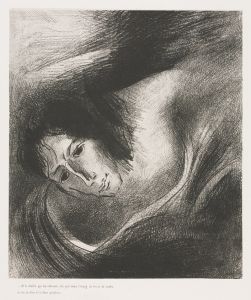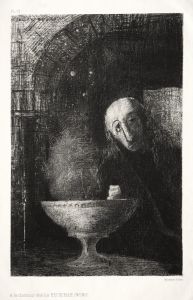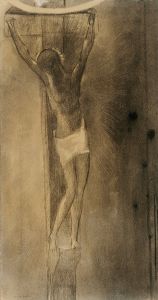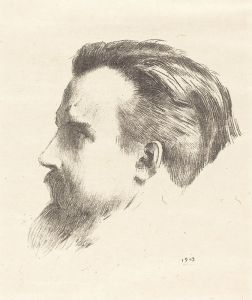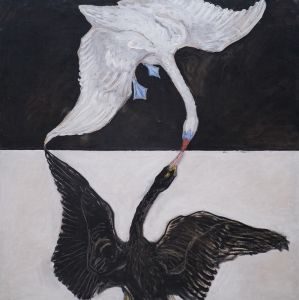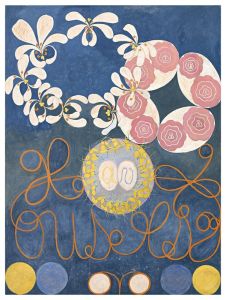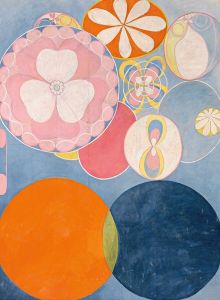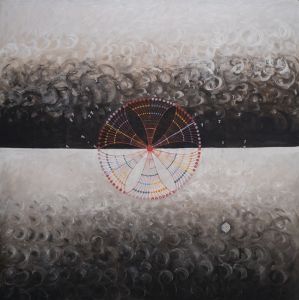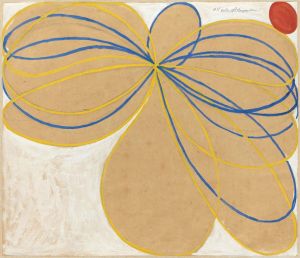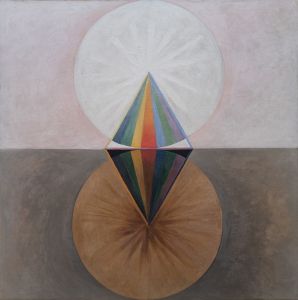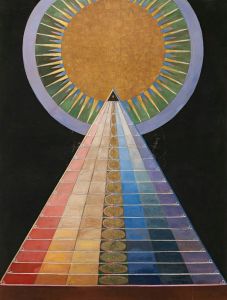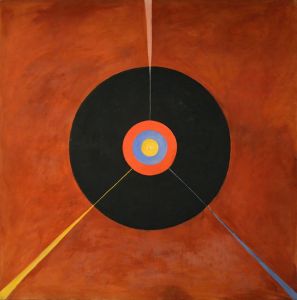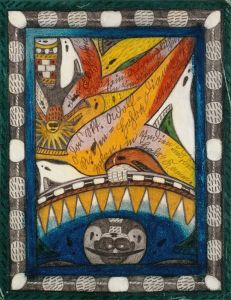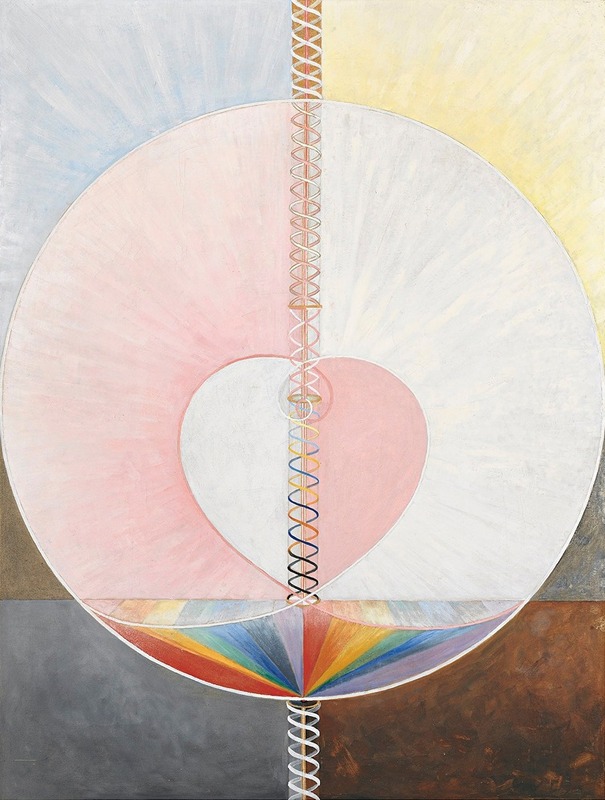
Group IX,UW No. 25, The Dove, No. 1
A hand-painted replica of Hilma af Klint’s masterpiece Group IX,UW No. 25, The Dove, No. 1, meticulously crafted by professional artists to capture the true essence of the original. Each piece is created with museum-quality canvas and rare mineral pigments, carefully painted by experienced artists with delicate brushstrokes and rich, layered colors to perfectly recreate the texture of the original artwork. Unlike machine-printed reproductions, this hand-painted version brings the painting to life, infused with the artist’s emotions and skill in every stroke. Whether for personal collection or home decoration, it instantly elevates the artistic atmosphere of any space.
"Group IX, UW No. 25, The Dove, No. 1" is a painting created by Swedish artist Hilma af Klint in 1915. Hilma af Klint (1862–1944) is widely regarded as a pioneer of abstract art, producing non-representational works years before more widely recognized figures such as Wassily Kandinsky, Kazimir Malevich, and Piet Mondrian. Her work was deeply influenced by her spiritual beliefs and her involvement in Theosophy, a spiritual movement that sought to explore the connections between science, religion, and the metaphysical.
This painting is part of a larger series titled "The Dove," which belongs to a broader cycle known as "The Paintings for the Temple." This cycle, created between 1906 and 1915, consists of 193 works and represents one of af Klint's most ambitious artistic undertakings. "The Paintings for the Temple" was conceived as a spiritual project, intended to convey complex ideas about the evolution of human consciousness and the unity of existence. The series was meant to be displayed in a spiral-shaped temple, a concept af Klint envisioned but never realized during her lifetime.
"The Dove" series explores themes of duality, harmony, and transformation, often using symbolic imagery and vibrant colors. In "Group IX, UW No. 25, The Dove, No. 1," af Klint employs geometric forms, symmetrical compositions, and a palette of soft pastels to create a sense of balance and spiritual resonance. The dove, a recurring motif in this series, is traditionally associated with peace and spirituality, though af Klint's use of the symbol is open to interpretation within the context of her esoteric beliefs.
Af Klint's work remained largely unknown during her lifetime, as she believed the world was not ready to understand her art. She stipulated that her paintings should not be publicly displayed until at least 20 years after her death. It was not until the late 20th century that her contributions to abstract art began to receive widespread recognition. Today, her work is celebrated for its innovative approach and its integration of art, science, and spirituality.
"Group IX, UW No. 25, The Dove, No. 1" exemplifies af Klint's groundbreaking vision and her commitment to exploring the unseen dimensions of existence through art. The painting is now recognized as part of her significant legacy, which continues to influence and inspire contemporary discussions about the origins and meaning of abstract art.





